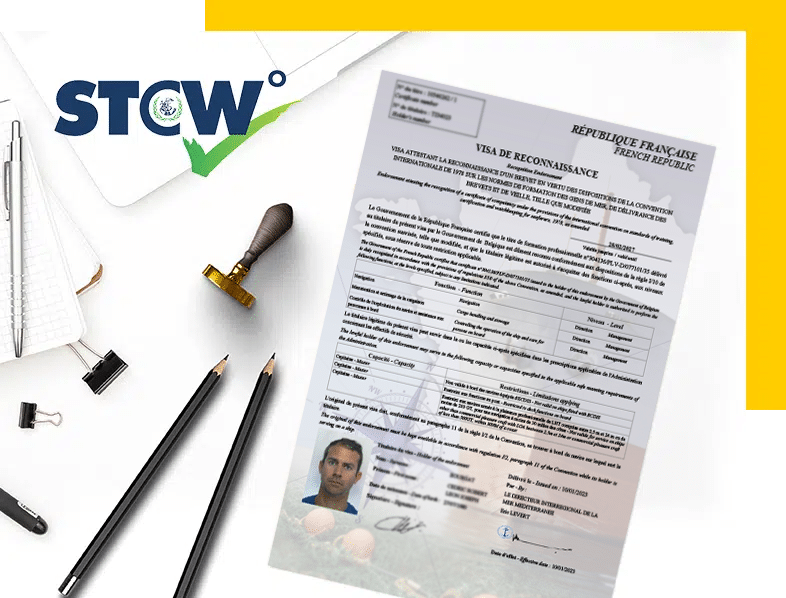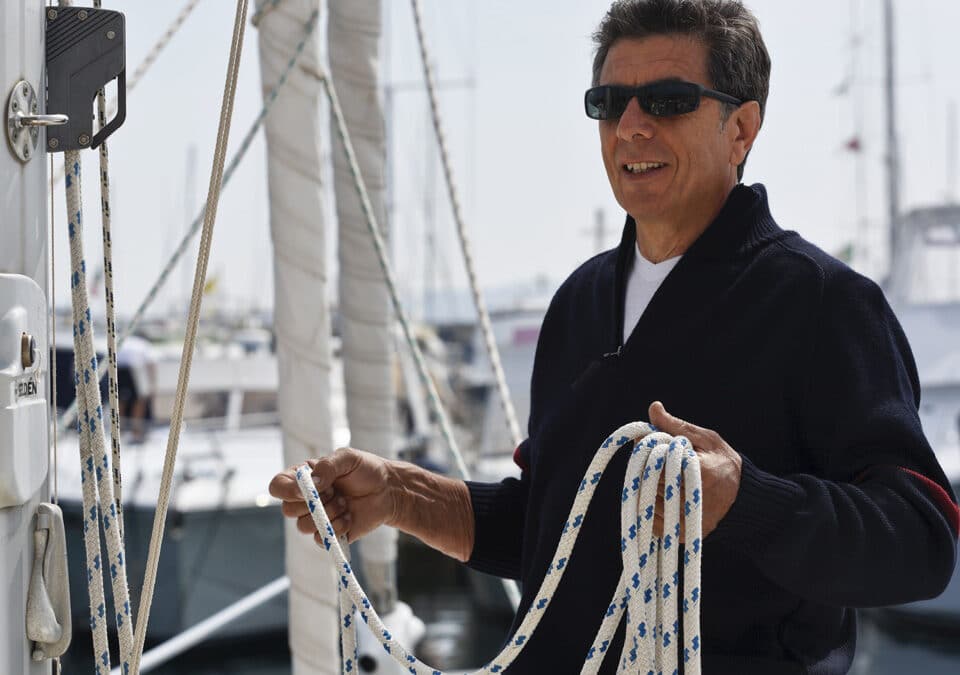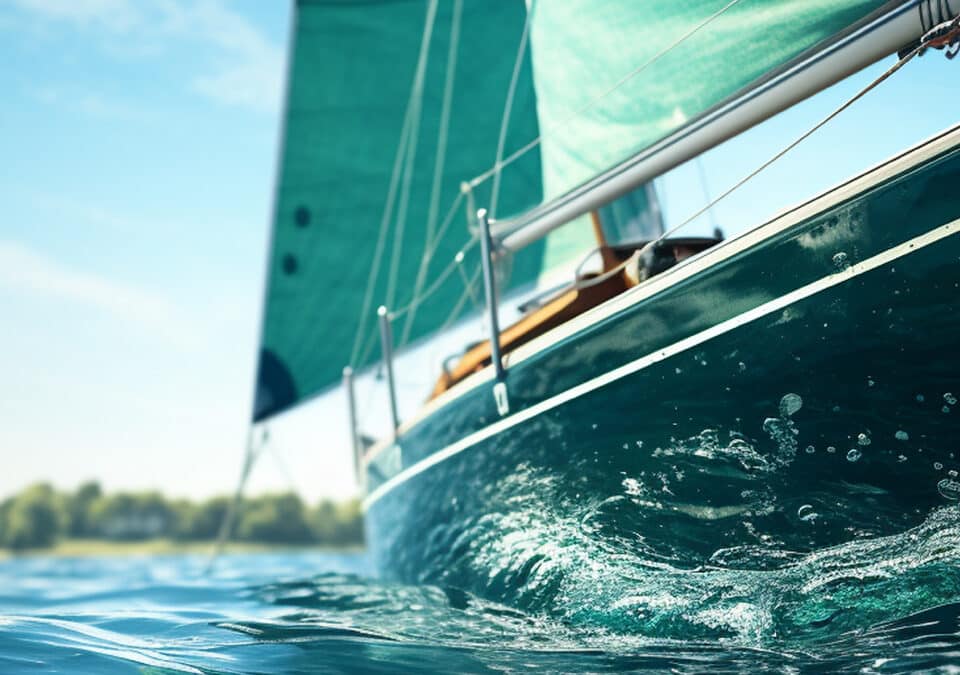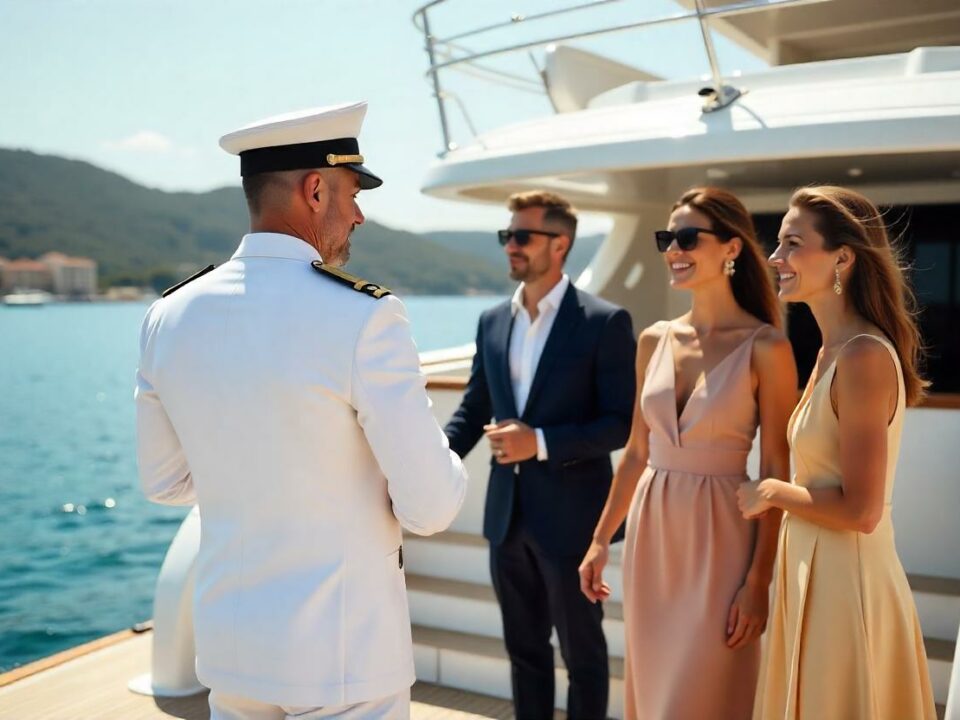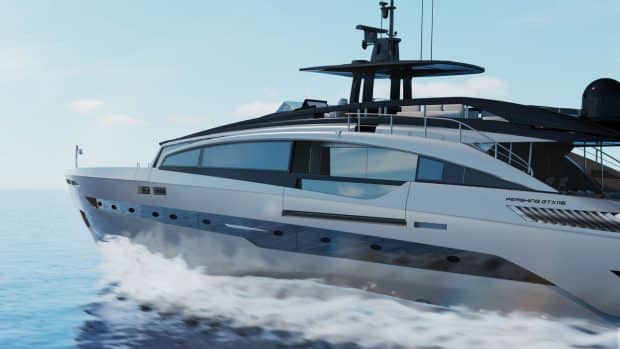
Launch of the first Pershing GTX116
25 February 2023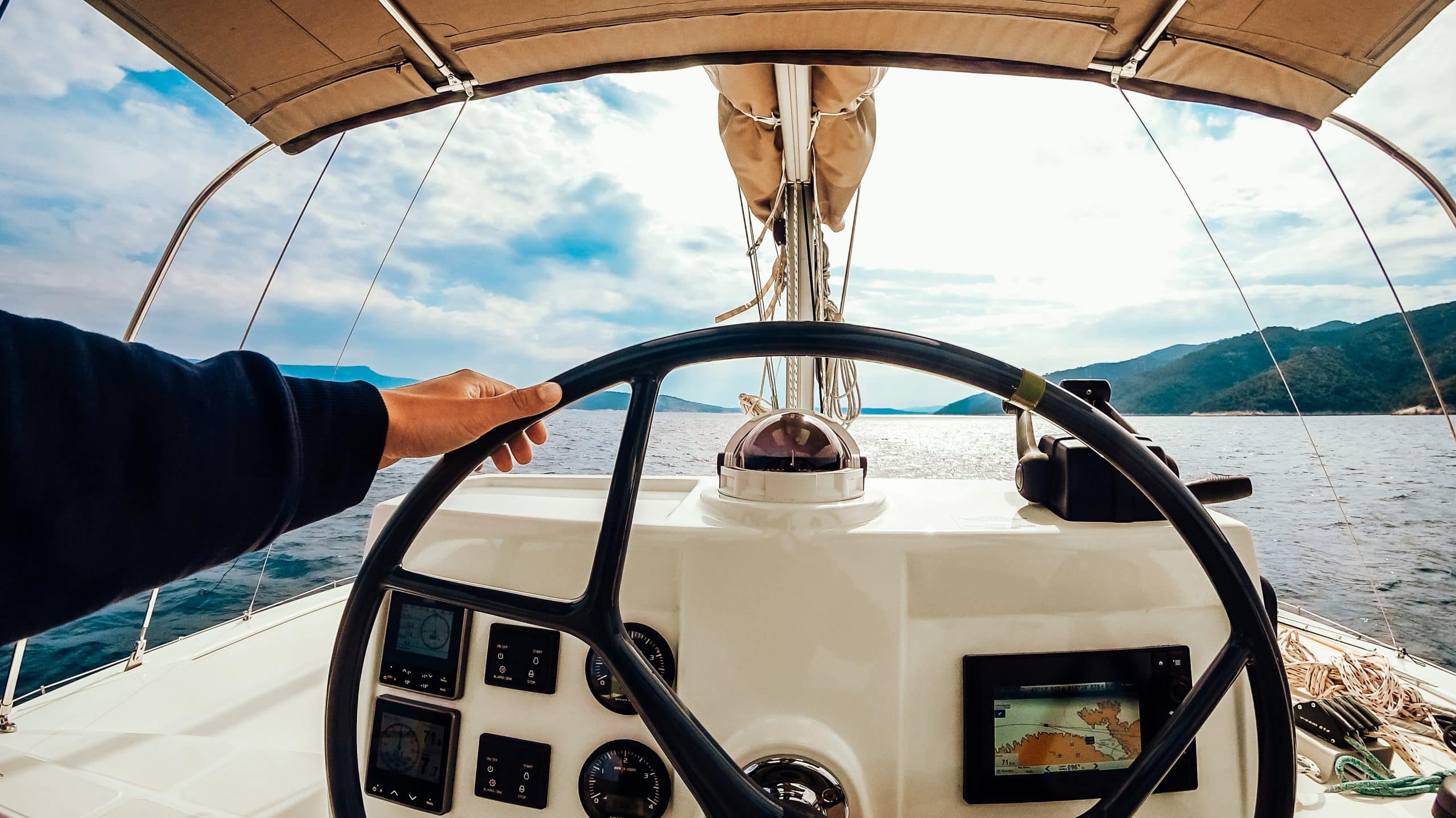
Special features of the Maritime CV
18 April 2023The ship is an emanation of the Flag State, and the officers have the prerogatives of a Public Official, so it is normal that the Flag State should be able to identify its representative. A bit like a doctor or lawyer in the EU who has to be registered with the Order. It’s semi-automatic, but you have to go through the formalities.
Don’t forget all the prerogatives of a Captain in relation to the authorities (see course) (think in terms of a Merchant Navy Captain, not as a skipper, smoking a joint, sailing a barque around Frioul). That’s the problem with the guy who wants to do local chartering and doesn’t understand that he’s part of an organization that’s bigger than him, but to which he’s subject; it’s a bit like the guy who creates an SAS to sell crêpes on the beach and doesn’t understand that there’s URSSAF, accounting, etc….
What are the visa restrictions for each country?
European countries (collective accession to the Manila Convention by the EU) and countries with bilateral agreements admit all STCW patents from other signatory countries without restriction.
IMO member countries that are signatories to the Manila Convention can impose additional restrictions or refusals, notably to combat immigration. The difference is that they recognize the quality of the certificate and adhere to the same training program, but refuse to allow the holder to command a ship under their flag.
For example, Israel refuses to apply the convention to nationals of certain Middle Eastern countries.
The USA only issues visas to Green Card holders for captains of ships sailing in its inland waters, but may grant them to officers working in Europe.
In Europe, a work visa is required for non-EU nationals.
Australia only issues visas after training in ecological protection on the Coral Reef.
So, to sum up, patents are recognized, but visas are granted on a case-by-case basis for countries outside the EU or bilateral agreements.
